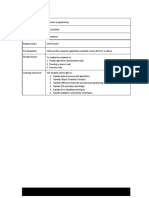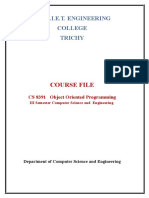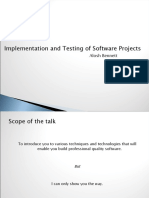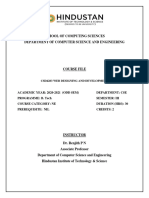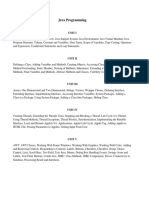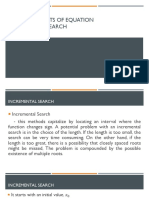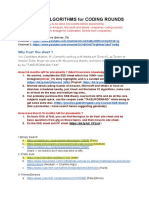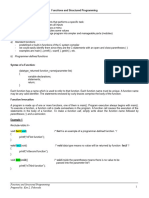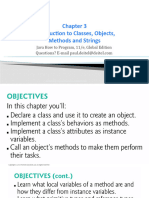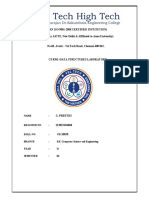0% found this document useful (0 votes)
25 views4 pagesQuestions & Answers
The document outlines a Level 4 Software Development curriculum, covering key topics such as programming fundamentals, web development, database management, and software development lifecycle. It includes example questions and answers for each unit, emphasizing practical skills like coding, debugging, and version control. The curriculum aims to prepare students for a career in software development through hands-on projects and case studies.
Uploaded by
ishimwelukaku08Copyright
© © All Rights Reserved
We take content rights seriously. If you suspect this is your content, claim it here.
Available Formats
Download as TXT, PDF, TXT or read online on Scribd
0% found this document useful (0 votes)
25 views4 pagesQuestions & Answers
The document outlines a Level 4 Software Development curriculum, covering key topics such as programming fundamentals, web development, database management, and software development lifecycle. It includes example questions and answers for each unit, emphasizing practical skills like coding, debugging, and version control. The curriculum aims to prepare students for a career in software development through hands-on projects and case studies.
Uploaded by
ishimwelukaku08Copyright
© © All Rights Reserved
We take content rights seriously. If you suspect this is your content, claim it here.
Available Formats
Download as TXT, PDF, TXT or read online on Scribd
/ 4





















